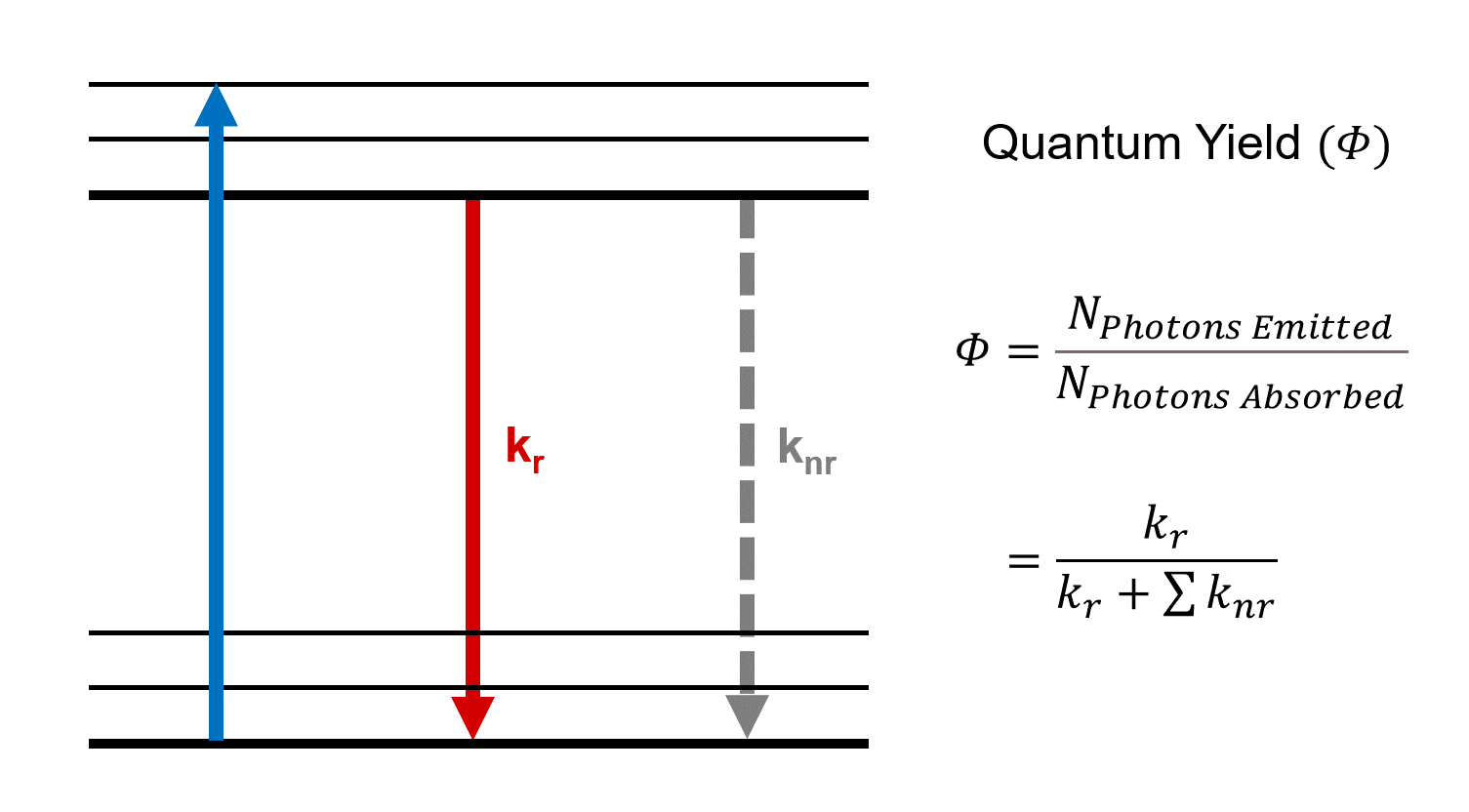
Source: Wikipedia
Understanding Quantum Efficiency in Solar Cells
The quantum efficiency (Q.E.) of a solar cell is a crucial parameter that indicates the ratio of the number of carriers collected by the cell to the number of incident photons of a specific energy. It can be expressed as a function of either wavelength or energy.
Factors Affecting Quantum Efficiency
Ideally, the quantum efficiency curve of a solar cell would have a square shape, indicating perfect absorption and collection of carriers. However, in reality, recombination effects reduce the quantum efficiency. Mechanisms like front surface passivation and diffusion length limitations impact the collection probability and, consequently, the quantum efficiency across different parts of the spectrum.
For instance, high front surface recombination affects the blue portion of the spectrum as blue light is absorbed near the surface, while low diffusion lengths impact the green portion since green light is absorbed deeper within the cell.
External vs. Internal Quantum Efficiency
The external quantum efficiency considers optical losses like transmission and reflection. On the other hand, internal quantum efficiency focuses on the efficiency of photons that actually generate collectable carriers within the cell, excluding those lost through reflection and transmission.
By accounting for reflection and transmission losses, the external quantum efficiency curve can be adjusted to derive the internal quantum efficiency curve, providing a more accurate representation of the cell’s performance.
Effect of Surface Recombination and Diffusion Length
The internal quantum efficiency of a solar cell is influenced by factors such as surface recombination and diffusion length. The thickness of the emitter and base, as well as their diffusivity, play a significant role in determining the quantum efficiency of the cell.
For instance, when the base diffusion length exceeds the device thickness, rear surface recombination velocity can significantly impact the quantum efficiency. Conversely, for low diffusion lengths, rear surface recombination has minimal effect on the quantum efficiency.
Understanding these factors that affect quantum efficiency is essential for optimizing the performance of solar cells and improving their overall efficiency.

Source: Edinburgh Instruments
Feel free to comment your thoughts.
